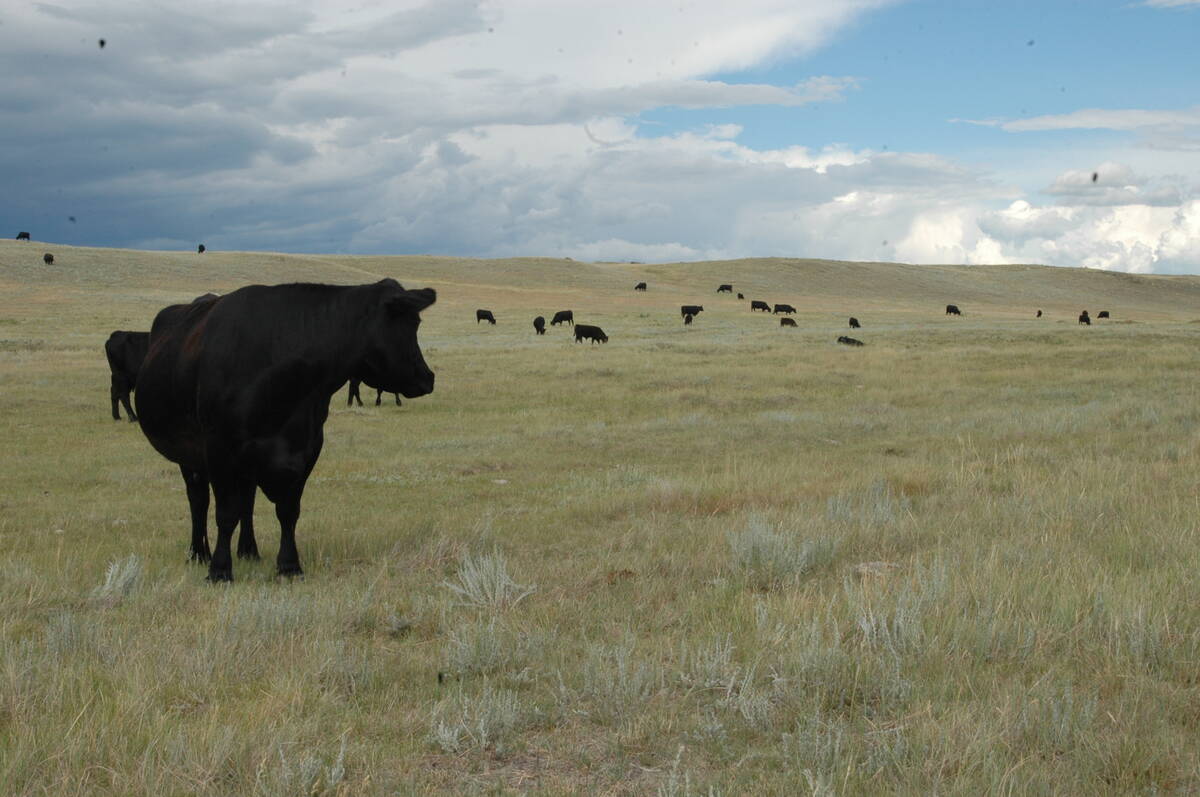A ban on beef tallow exports to Europe could cost the North American rendering industry millions of dollars in lost sales.
Implemented by the European Union, the ban takes effect Jan. 1, 1998. North American gelatin and bull semen are included in this prohibition.
The European cosmetics industry and the industrial sector depend on tallow derivatives to manufacture cosmetics, paint, plastics, industrial lubricants and rubber. This business is worth more than $400 million to North American renderers.
Canadian officials say the ban is a reaction to a perceived public concern over bovine spongiform encephalopathy, a fatal brain-wasting disease in cattle. It was later linked as a possible cause of a similar condition in humans.
Read Also

Canadian Food Inspection Agency slammed for handling of bovine tuberculosis case
The federal government leans heavily on producers to “take one for the team” and risk their livelihoods without any reassurance of support.
Banning beef tallow because of a BSE fear is not legitimate, said Graham Clarke, of the food inspection service of Agriculture Canada.
Not a chance
“Since BSE is known not to exist in North America, where is the risk in the first place?” said Clarke in an interview from his Ottawa office.
Tallow is a fat product made from rendered animal byproducts that are processed at high pressure and temperatures of over 250 C. This process would kill the BSE agent if it were present, said Clarke.
Washington asked EU officials to examine the United States incidence of diseases such as BSE and scrapie, known as transmissible spongiform encephalopathies, (TSE).
Last week an independent committee of EU scientists said that although it had not found BSE in the U.S. it could not guarantee the country would stay free of it.
“I can confirm there is no way the United States can be granted TSE-free (status),” EU farm commissioner Franz Fischler told a news conference after a two-day meeting of EU farm ministers.
Trade officials in Canada and the U.S. want an exemption for inedible tallow derived from beef animals. They argue there is no scientific basis for the prohibition. The EU’s scientific committee has already established that tallow derivatives processed according to certain specifications are safe.
The North American rendering industry exports about 45 percent of its inedible tallow production to Europe. Canada exports more than 100,000 tonnes of inedible tallow worth $60 million, said Andre Couture, president of the Canadian Renderers’ Association, who also runs a rendering plant in Montreal called Sanimal.
An earlier ban disallows tallow derived from eyes, brains and spinal cords, areas where BSE is believed to be carried.
Disposal requirements
For the rendering and beef packing industries, this means sorting body parts like heads and spinal cords and disposing of them in landfills or incinerating them. This rule also applies to European plants.
“It will be our choice to either remove those parts at a somewhat great expense or look at other markets outside of Europe,” said Couture.
Humphrey Koch, executive vice-president of West Coast Reductions, which operates rendering plants in Vancouver, Calgary, Edmonton and Saskatoon, said the issue is serious.
“It’s a costly business and in our opinion, unnecessary,” Koch said.
It is a highly political issue split by numerous factions. American trade officials are leading the demands to exempt inedible tallow.
“In the end it will probably come down to the Americans waving a big stick,” said Koch.















